Stories, Snaps and Likes - how to keep your content from dying on the Vine
In today's digital media landscape, there is a dizzying constellation of content streaming and messaging applications, but how do you determine what is the right platform for your business? This post is an exploration of the new features of both Instagram and Snapchat to determine the benefits and drawbacks of each. In particular, the primary distinction between the two: Instagram contains both conversational and transactional components, while Snapchat focuses exclusively on creating a fresh conversational medium.
Although Big Thumb seems to have plucked the most relevant functionality from Snapchat and re-purposed it within its ubiquitous app, Instagram stories and Instagram Live are more than a simulacrum of Snapchat. The primary difference being that the ephemeral qualities of Instagram Stories/Live (and Facebook Live) are only component parts of a larger application, rather than the sum of the application itself. This is a really important distinction.
Instagram is strongest is in its ability to create a seamless customer journey from curiosity to purchase. While Instagram Stories may be temporary in themselves, they drive traffic to more permanent photo collections, when can then be linked to eCommerce sites, both on mobile and web platforms.
Furthermore, when it comes to reporting the ROI of a particular campaign, Instagram and Facebook have a certain edge to them - the feedback loop. This is by design. Snapchat is primarily a messaging service with a B2C broadcast component. Although Snapchat does allow the producer to determine who watched the content, it does not do a good job of allowing those users to rate the material. And that's where they're going to have to work. Eyeballs aren't enough, if the reception isn't positive. Therefore, Instagram has more of an attractive B2C reporting capability because one can calculate both views and likes, making it a more accurate barometer of social influence.
Snapchat can still be an effective B2C communication method as long as you keep it consistent. Showing a 'behind the curtain' brief on a new product launch/design? Great idea. "This weekend only" sales? Also good. Throw in geo-tagged filters and you can stimulate engagement at company events or tradeshows. Snapchat can be great to broadcast to your brand advocates and create a close knit community of perks for your raving fans. But if you don't keep the messaging timely and consistent you'll probably lose relevance equally as fast.
It is not inconceivable that Snapchat will take a cue from the late Vine and further develop its Social Channels. But it is important to note, also, that Snapchat is more than Vine. "What happened to Vine.." you ask? Vine was an unfortunate casualty of adoption over sustainability. Although it had a strong showing with its initial acquisition by Twitter and at one point was the most heavily downloaded app from the App Store and Google Play, ultimately its appeal was overshadowed by its limited utility. Vine's Achilles heel was it could not ultimately find a way to turn a profit. As illustrated by its recent IPO, Snapchat has already surpassed Vine in its heyday. It is hip, it is cool and it has buzz and sticking power with its audience. The alchemy between these factors produces sustainability in the form of ad revenue and customer advocacy.
Snapchat notifications are a lot more functional and obvious than Instagram as well. This is in keeping with its utility as a conversational medium. New message notifications in Snapchat can appear in the user's main notification screen as well as on the top right hand corner of the app icon itself. With Instagram, users need be logged in to be notified of a direct message, and even within the tool itself one need have a level of familiarity with the application to find the message.
All things being considered, its important to have a presence on both platforms, in moderation. Too heavy on Instagram (and Facebook) and you'll date yourself as your content ages. Too heavy on Snapchat and you're flighty and inconsistent. Having a presence in both channels demonstrates that you're attentive to different demographics...and ultimately this ability to diversify your message will make you a stronger and more holistic brand. And here's the rub: your audience may seem to overlap but there are subtle differences. Snapchat has the cool factor - continually evolving, always fresh. Instagram has its own market but its Stories, although unique, do have a certain "me too" quality to them. But that's ok because they serve to drive traffic to a transactional (permanent) site.
Questions? Comments? We're here to help... sound off below! :-)

